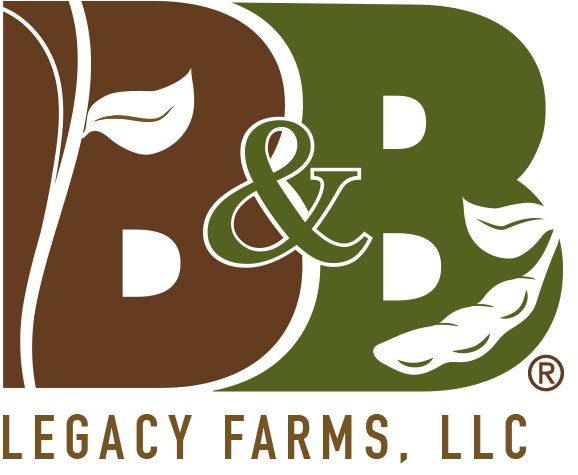Summer 2022 begins…
Tuesday June 21st marked the beginning of summer.
June 21st is also the longest day of the year in time of total daylight; referred to as the summer solstice. The National Weather Service marks the beginning of summer as June 1st, using this as the starting date to collect data on the three hottest months of the year.
Regardless of how you define summer, June on the farm was both hot and dry.
This past week-end the temperature was 98 with a heat index of 108, but who’s counting?
Weather data for the area recorded two days of rainfall this month, with only .76 in total precipitation. Average humidity has been 72%. Welcome to a Delta summer. : - )
Despite these harsh conditions, soybeans never disappoint, emerging to greet the 2022 season.
Did you know that soybeans contribute significantly to soil health?
Source: USDA.
Soil depletion combined with the boll weevil destroyed cotton fields across the south in 1915.
George Washington Carver from the Tuskegee Institute was a pioneer in regenerative agriculture. He educated farmers about the use of legumes; returning life to depleted soil through a process called nitrogen fixation.
“Simply put, the legume took nitrogen from the air and put it into the soil. Soybeans can add 30 to 50 pounds of nitrogen per acre to the soil. When grown in rotation with corn, grain sorghum or wheat, outside nitrogen fertilizer can be reduced.
Source: https://extension.missouri.edu/publications/wq277
Legumes (including peanuts and soybeans) reversed the soil depletion contributing to the southern dust bowl of 1915.
“Due to the single-crop cultivation of cotton, the soil of many fields throughout the South had become depleted and more or less worthless. Carver’s solution was two-fold: 1) urge farmers to plant peanuts and soybeans, which could restore nitrogen to the soil while 2) also providing much-needed protein in Southerners’ diets. This idea would go on to revolutionize agriculture, and save the livelihood of farmers for generations to come—especially after the devastation caused by storms in the Dust Bowl during the Great Depression.”
Source: https://peanut-institute.com/the-incredible-accomplishments-inventions-of-george-washington-carver/
George Washington Carver standing in a field, probably at Tuskegee, holding a piece of soil, 1906.
Library of Congress Prints and Photographs Division, LC-USZ62-114302/Frances Benjamin Johnston
“It is historically noted that in addition to improving the depleted southern soil, Dr. Carver significantly advanced the acceptance and uses of both sweet potatoes and peanuts. Not many people ate them at the time, and there weren’t many other uses for these crops.”
Source: https://www.sciencehistory.org/historical-profile/george-washington-carver
Professor Carver understood the difficulty farmers had with switching from farming cotton, with an established market, despite the declining soil quality.
Carver began proactively working on new uses for peanuts and sweet potatoes to build an economic bridge to alternative crops and markets for farmers.
Like the peanut and sweet potato in early 1900, whole vegetable soybeans are not widely eaten domestically, despite their incredible nutritional profile.
Whole vegetable soybeans provide the best of both worlds; high-quality, plant-based protein without high levels of saturated fat. They are also high in fiber, nutrient dense, and versatile. We grow a lot of them in the Mid-South.
Other than going into our own fields and picking food-grade soybeans, I couldn’t buy regionally-grown vegetable soybeans three years ago. It is rewarding to conduct education and research with partners from across five states over the next year; increasing access and potential acceptance of this incredible vegetable.
It does a heart good. Hopefully lots of hearts!
Thanks for following our journey!
May’s rains brought us some beautiful summer flowers as well.
Sharing these gifts with you below from the field.
~ Karen
P.S. Check out the water in the fields in early June! What a difference a few weeks makes in the Delta.












